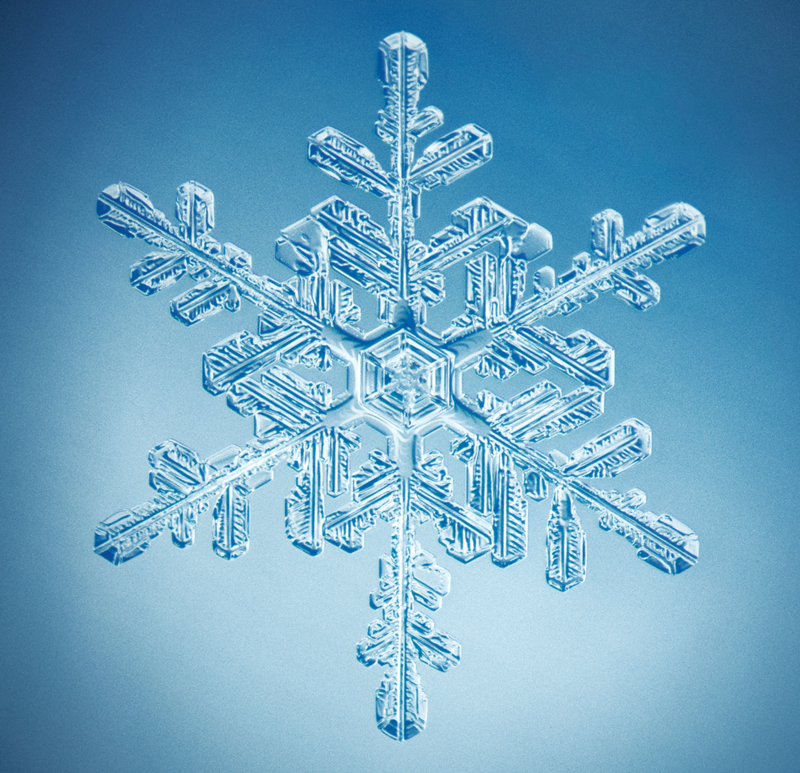
It’s getting to that time of year where daylight is becoming scarcer, and temperatures are dropping throughout Region 8. The holiday season is quickly approaching, and the year will soon come to an end. I personally find the change of season to be fascinating. I’m originally from Southern California, which many people say does not have seasons. Southern California does have seasons, they just tend to be much more subtle than you find in most places. Wildcard days can also happen where you might get a string of 90° days in mid-January. But in Colorado and throughout Region 8 winter is certainly on the way. With it will come the white stuff.
I’ve lived in Colorado for nearly a decade and my relationship with winter has changed. I now look forward to snow so I can pursue my favorite winter activity, skiing down mountains. When I moved here, snow was a novelty to me. I had never seen it fall before. It boggled my mind that it could be so cold outside naturally. In Southern California, for the most part freezing temperatures were manufactured by appliances. I adapted to the snow pretty well. I learned to give myself more time to travel, to choose my routes carefully, and to slow down. It took me about 5 years to break one habit, though: slipping on ice. I only slipped once each season, but once was more than enough. I am privileged in that I was relatively young and therefore my body fairly sturdy.
Being a young-ish male, I admit to carrying a sense of invincibility that is not universally shared. I could walk almost anywhere in the neighborhood, but I quickly learned that my partner had to choose her path very carefully. My partner at the time used a prosthetic leg to walk. There’s very little you can do to correct while walking on slippery ground when you don’t have a foot, ankle, or knee. Her ability to enjoy walking throughout the neighborhood largely depended on what side of the street the sun shone during the day and if homeowners shoveled snow around their homes after a storm.
These experiences opened my eyes to understand that winter conditions can really affect how a person can interact with the world.
I anticipate that the ADA Center will get several calls for technical assistance in the next 6 months regarding snow removal. I wanted to share my thoughts on a Title II entity’s responsibility to remove snow during the winter months. There are several avenues this topic can travel, but here are the most common or interesting scenarios we have heard.
Does the entity have to remove snow? It depends, of course! The strongest ADA-related reason a covered entity would have to remove snow is to maintain the accessible features the ADA requires. This does not mean that temporary interruptions of service are not permitted, but it does require that the covered entity make efforts to make their facilities accessible to and usable by people with disabilities in as timely a manner as is reasonable. Accessible surfaces are supposed to be stable, firm, and slip resistant.
Program Access may be another pathway that obligates a covered entity to remove snow accumulation. Snow on the ground can prevent access to programs for people with disabilities. Two important concepts to understand are that public sidewalks are a program of a public entity, and that snow accumulation will disproportionately impact people with disabilities. Program Access describes an obligation for a public entity to prioritize public walkways which serve offices and facilities of the entity itself, to transportation, to places of public accommodation, and employers, followed by walkways serving other areas. A public entity may use language to assist with prioritizing their snow removal strategies. A county should remove snow on accessible routes that lead to the county courthouse so that people with disabilities can participate in civil matters. A city should remove snow around its public transportation hub so people with disabilities can go to work. It may not be reasonable to expect a municipality to clear snow from all the facilities and sidewalks, but it is reasonable for a covered entity to ensure their programs are accessible.
One thing a public entity should not do is pile snow into accessible parking space access aisles. If a municipality contracts their snow removal services, their contractors should not do this either. The public entity should ensure their contractors comply with non-discrimination requirements.
We once had a call from a gentleman who, due to his disability, could not access his home through the front entrance off a residential street. He could get in and out using the back entrance, off a smaller road. He stated the city he lived in plowed the streets, but that he was stuck in his home because the city did not plow the road that he can access his home from. Requesting a reasonable modification of policy, practice, and procedure could be viable in this situation. The snow ploughs are out already. The question for the city is: Can the plough operate in the smaller street? Is there a reliable system to communicate this should be done? The answers to these questions should determine if the request is reasonable or a fundamental alteration.
None of these are black-and-white answers to the question. I wanted to outline the reasoning and logic a public entity should consider when it comes to snow season. I enjoy winter, but there are a lot of people who experience severe limitations in society based on snow being on the ground. One of my life’s philosophies is to control what I can control. Once a storm passes, I’ll be shoveling the public walk around my house. I’ve been known to shovel for my neighbor while I’m out there. It is a good workout, after all. It’s never a bad thing if that crosses your mind and are able to join me in doing something nice for the neighborhood.